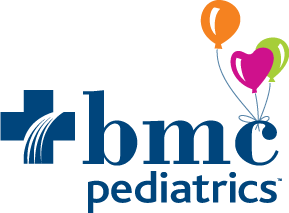
“Since 2014, cannabidiol (CBD) has been administered to patients with treatment-resistant epilepsies (TREs) in an ongoing expanded-access program (EAP). We report interim results on the safety and efficacy of CBD in EAP patients treated through December 2016.
METHODS:
Twenty-five US-based EAP sites enrolling patients with TRE taking stable doses of antiepileptic drugs (AEDs) at baseline were included. During the 4-week baseline period, parents/caregivers kept diaries of all countable seizure types. Patients received oral CBD starting at 2-10 mg/kg/d, titrated to a maximum dose of 25-50 mg/kg/d. Patient visits were every 2-4 weeks through 16 weeks and every 2-12 weeks thereafter. Efficacy endpoints included the percentage change from baseline in median monthly convulsive and total seizure frequency, and percentage of patients with ≥50%, ≥75%, and 100% reductions in seizures vs baseline. Data were analyzed descriptively for the efficacy analysis set and using the last-observation-carried-forward method to account for missing data. Adverse events (AEs) were documented at each visit.
RESULTS:
Of 607 patients in the safety dataset, 146 (24%) withdrew; the most common reasons were lack of efficacy (89 [15%]) and AEs (32 [5%]). Mean age was 13 years (range, 0.4-62). Median number of concomitant AEDs was 3 (range, 0-10). Median CBD dose was 25 mg/kg/d; median treatment duration was 48 weeks. Add-on CBD reduced median monthly convulsive seizures by 51% and total seizures by 48% at 12 weeks; reductions were similar through 96 weeks. Proportion of patients with ≥50%, ≥75%, and 100% reductions in convulsive seizures were 52%, 31%, and 11%, respectively, at 12 weeks, with similar rates through 96 weeks. CBD was generally well tolerated; most common AEs were diarrhea (29%) and somnolence (22%).
SIGNIFICANCE:
Results from this ongoing EAP support previous observational and clinical trial data showing that add-on CBD may be an efficacious long-term treatment option for TRE.”









